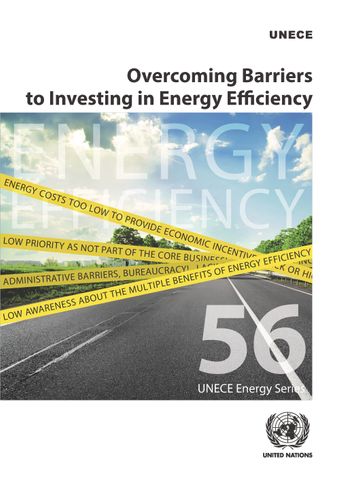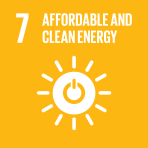Introduction

- Author: United Nations
- Main Title: Overcoming Barriers to Investing in Energy Efficiency , pp 1-3
- Publication Date: March 2018
- DOI: https://doi.org/10.18356/ff5fa07e-en
- Language: English French, Russian
- Previous Chapter
- Table of Contents
- Next Chapter
Energy efficiency is widely viewed as one of the most effective ways to achieve multiple economic, social and environmental benefits and is at a core of making significant progress towards Sustainable Development Goals (SDGs). One of the targets (target 7.3) of SDG7 “Ensure access to affordable, reliable, sustainable and modern energy for all” is to double the global rate of improvement in energy efficiency by 2030. Energy efficiency has been called a low hanging fruit, a first fuel, and a multiple benefits provider. As stated in IEA (2016a), “All of the core imperatives of energy policy – reducing energy bills, decarbonisation, air pollution, energy security, and energy access – are made more attainable if led by strong energy efficiency policy.” It is estimated that two-thirds of the global economic potential for energy efficiency remains untapped (IEA (2016a)). In various economic sectors, economically viable untapped energy efficiency potential is estimated (for the 2011-2035 period) as follows: close to 2,000 Mtoe in the power sector, over 4,000 Mtoe in the industry and transport sectors, and over 5,000 Mtoe in the buildings sector (IPEEC 2017).
-
From This Site
/content/books/9789213630464c007dcterms_title,dcterms_subject,pub_keyword-contentType:Journal -contentType:Contributor -contentType:Concept -contentType:Institution105

